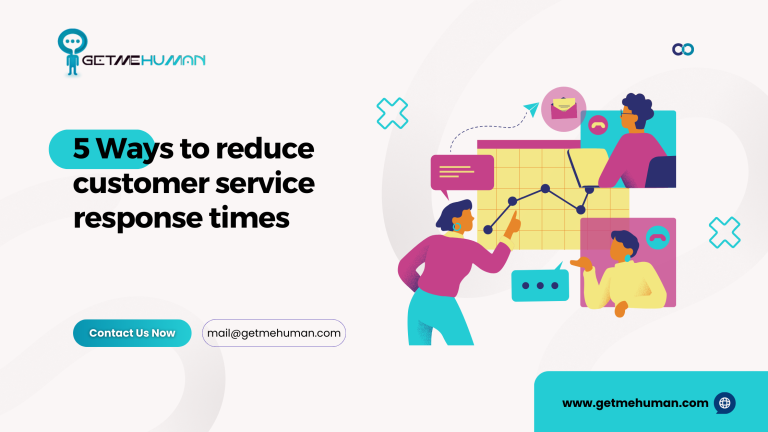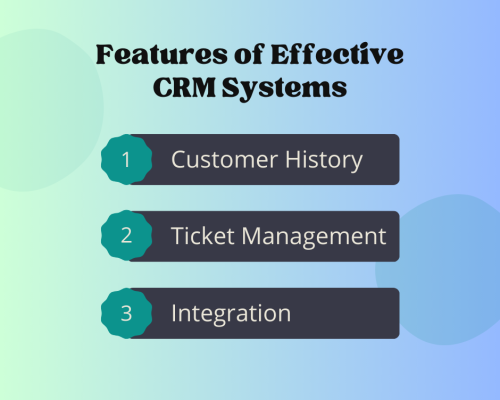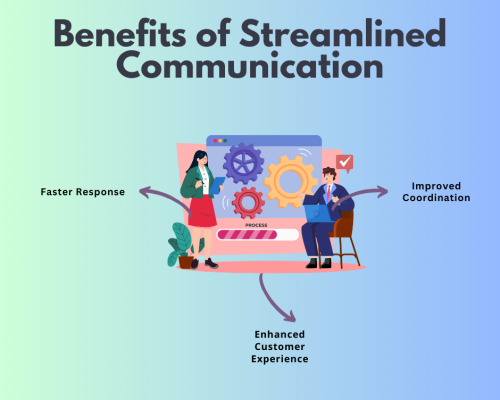5 Ways to reduce customer service response times

In the fast-paced world of today, customer service is more critical than ever. As customers become increasingly impatient, businesses need to find ways to keep their customer support response times as short as possible. Long wait times can lead to frustration and even lost customers. Fortunately, there are several effective strategies to streamline your customer service operations. Here are five key methods to reduce customer service response times and enhance your overall customer care.
1. Leverage Automation Tools
Automation can be a game-changer for reducing response times. By integrating chatbots and automated email responses, your customer support team can handle routine inquiries quickly and efficiently. These tools can provide instant answers to frequently asked questions and direct more complex issues to human agents. For web developers near me, implementing such automation systems can lead to significant improvements in handling customer queries.
Benefits of Automation:
- 24/7 Availability: Automated systems can operate around the clock, ensuring that customers receive assistance even outside of regular business hours.
- Consistency: Automated responses maintain a consistent tone and message, reducing the risk of miscommunication.
- Efficiency: By handling simple queries, automation frees up human agents to focus on more complex issues, improving overall response times.
Examples of Automation Tools:
- Chatbots: They can engage with customers in real-time, offering solutions or escalating issues as needed.
- Automated Ticketing Systems: These systems can categorize and prioritize incoming requests, ensuring that the most urgent issues are addressed first.
2. Implement a Knowledge Base
Creating a comprehensive knowledge base is an excellent way to empower customers to find answers independently. By providing a well-organized repository of information, you allow customers to resolve issues without needing to contact customer service directly. This self-service approach can greatly reduce the volume of incoming requests and decrease response times.
How to Build an Effective Knowledge Base:
- Categorize Content: Organize information into clear categories and subcategories for easy navigation.
- Use Search Functionality: Implement a robust search feature that helps users quickly find relevant information.
- Regular Updates: Keep the content updated to reflect the latest changes in products, services, or policies.
Advantages of a Knowledge Base:
- Reduced Workload: Fewer queries reaching customer support means reduced workload for your team.
- Faster Resolution: Customers can find answers instantly, leading to quicker resolution of their issues.
- Improved Customer Satisfaction: Providing self-service options enhances the overall customer experience.
3. Optimize Your Customer Service Team
Investing in training and development for your customer service team can dramatically improve response times. Ensuring that your agents are well-versed in the tools and processes of customer support can make them more efficient in resolving issues. Regular training sessions can keep your team updated on the latest practices and technology, ultimately leading to faster and more effective customer care.
Key Areas for Optimization:
- Product Knowledge: Ensure that agents are thoroughly familiar with your products or services.
- Technical Skills: Equip your team with the skills needed to use customer service tools effectively.
- Soft Skills: Train agents in communication and problem-solving skills to handle interactions smoothly.
Benefits of Team Optimization:
- Improved Efficiency: Well-trained agents can resolve issues more quickly and accurately.
- Increased Morale: Investing in training boosts agent confidence and job satisfaction.
- Better Customer Experience: Efficient and knowledgeable support leads to higher customer satisfaction.
Also Read: Key Principles of Excellent Customer Service
4. Utilize CRM Systems
Customer Relationship Management (CRM) systems can provide valuable insights into customer interactions and history. By having a centralized platform to track and manage customer queries, your support team can respond more quickly and accurately. CRM systems can also help prioritize urgent requests, ensuring that high-priority issues are addressed promptly.
Features of Effective CRM Systems:

- Customer History: Access detailed records of past interactions, purchases, and preferences.
- Ticket Management: Track and manage support tickets from creation to resolution.
- Integration: Connect with other tools and platforms for a seamless workflow.
Advantages of CRM Systems:
- Enhanced Efficiency: Centralized information streamlines the support process and reduces response times.
- Personalized Service: Access to customer history allows for more tailored interactions.
- Better Tracking: Monitor performance metrics and identify areas for improvement.
5. Streamline Communication Channels
Reducing response times often involves simplifying the ways customers can reach you. Consider consolidating multiple communication channels into a single platform where feasible. This approach can help avoid delays caused by managing different systems and ensure that all customer interactions are handled efficiently. For those looking for web developers near me, streamlining communication can also improve collaboration and reduce project turnaround times.
Strategies for Streamlining Communication:
- Unified Platform: Use a single platform for managing all customer interactions, such as email, chat, and social media.
- Integrated Tools: Ensure that communication tools are integrated with your CRM and ticketing systems.
- Clear Channels: Define clear channels for different types of inquiries to prevent confusion and delays.
Benefits of Streamlined Communication:

- Faster Response: A unified system reduces the time spent switching between different tools.
- Improved Coordination: Better coordination among team members leads to more efficient handling of requests.
- Enhanced Customer Experience: Clear and consistent communication improves the overall customer experience.
Conclusion
Reducing customer service response times is essential for maintaining high levels of customer satisfaction and loyalty. By leveraging automation, creating a robust knowledge base, investing in your team, utilizing CRM systems, and streamlining communication channels, you can significantly enhance your customer support efficiency. Remember, every second counts when it comes to customer care, so implementing these strategies will help ensure that your business remains competitive and customer-focused.
Incorporating these methods into your customer service operations will not only reduce response times but also improve overall customer satisfaction. If you’re committed to providing top-notch customer care, these steps will set you on the path to success. Embracing these changes will help you stay ahead in an increasingly demanding market and ensure your customers always receive the prompt, effective support they deserve.
